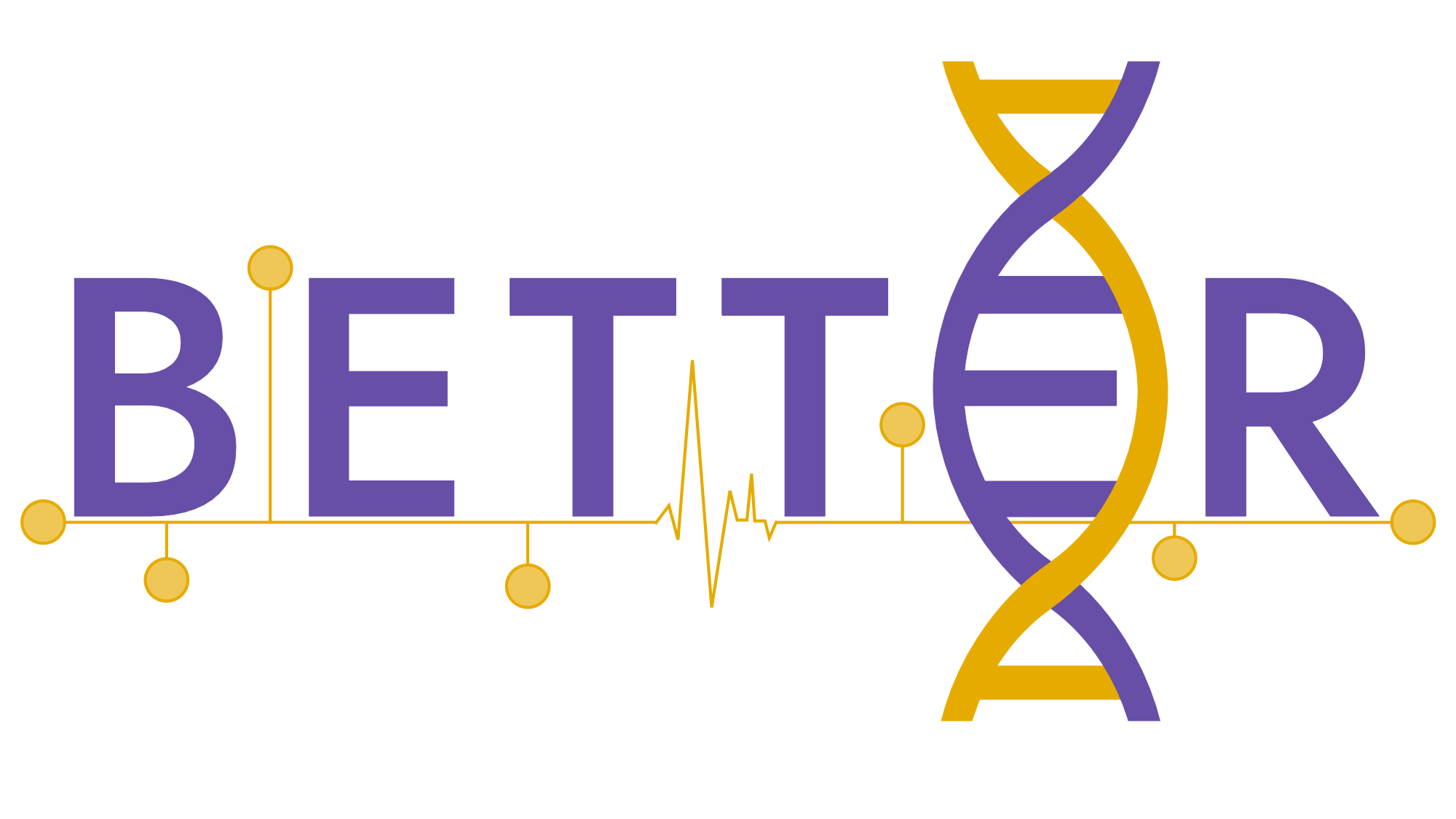June 2024
What can healthcare learn from true crime?
14/06/24 12:01 Filed in: Rheasoft
Even if you’re not a fan of true crime documentaries or podcasts, you’re probably familiar with some of the well-known serial killers from USA in the 1980s. Ted Bundy, Jeffrey Dahmer, and the Golden State Killer to name a few.
Now what does this have to do with healthcare and the BETTER project? I promise there is a connection other than justifying my consumption of true crime podcasts during office hours!
It can get so frustrating to watch true crime documentaries where the serial killer is caught much too late because they committed their crimes in different states and the police stations didn’t share information across borders. In their defence, the technology wasn’t developed to do this effectively at the time!
And looking back, it’s frustrating to know that lives could have been saved if only the technology and knowledge was as good back then as it is today. But they had to start somewhere, and they did learn to share information across borders to save lives!
Now, what does serial killers have to do with improving healthcare?
You see, much like how the police stations not sharing information and experience about a possible serial killer on the loose with other police stations; The same thing could be happening in hospitals about treatment of new or rare illnesses.
Maybe the right information is already discovered in one country, but not in another and the patients suffer because of it! The frustrating feeling about the slow catching of serial killers? Imagine that frustration many years into the future when it’s common practise for healthcare researchers to share experience and wondering why we didn’t already do this back in 2024.
To get there, we need to start somewhere. And this is where the BETTER project comes in, for BETTER healthcare in the future!
Now what does this have to do with healthcare and the BETTER project? I promise there is a connection other than justifying my consumption of true crime podcasts during office hours!
It can get so frustrating to watch true crime documentaries where the serial killer is caught much too late because they committed their crimes in different states and the police stations didn’t share information across borders. In their defence, the technology wasn’t developed to do this effectively at the time!
And looking back, it’s frustrating to know that lives could have been saved if only the technology and knowledge was as good back then as it is today. But they had to start somewhere, and they did learn to share information across borders to save lives!
Now, what does serial killers have to do with improving healthcare?
You see, much like how the police stations not sharing information and experience about a possible serial killer on the loose with other police stations; The same thing could be happening in hospitals about treatment of new or rare illnesses.
Maybe the right information is already discovered in one country, but not in another and the patients suffer because of it! The frustrating feeling about the slow catching of serial killers? Imagine that frustration many years into the future when it’s common practise for healthcare researchers to share experience and wondering why we didn’t already do this back in 2024.
To get there, we need to start somewhere. And this is where the BETTER project comes in, for BETTER healthcare in the future!



